To succeed in their development endeavors, developers must use blockchain infrastructure that offers next-gen technology, tools, and solutions. Thanks to Moralis and its enterprise-grade blockchain infrastructure, devs can unlock the power of Web3 and build dapps quickly and easily.
TRUSTED BY INDUSTRY LEADERS




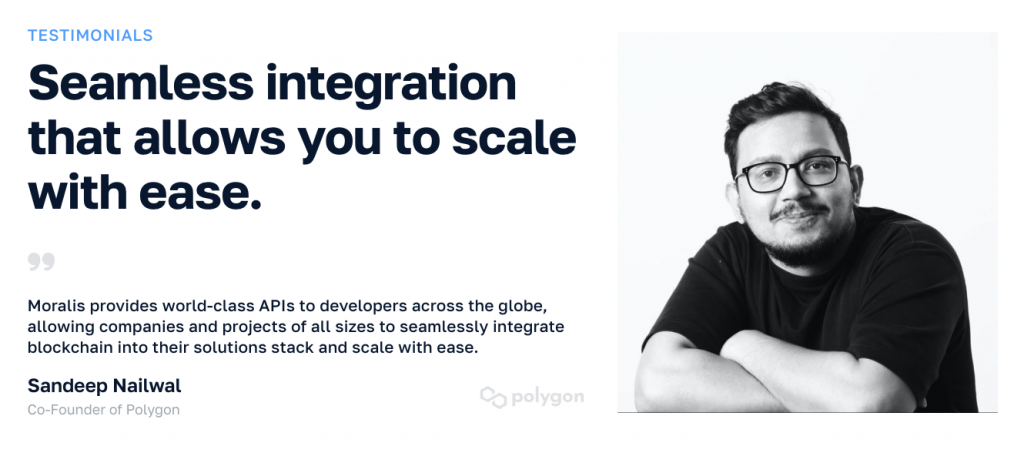
Moralis bridges the development gap between Web2 and Web3. Accordingly, this ultimate Web3 API provider enriches the blockchain infrastructure landscape by empowering Web2 developers to use legacy tools to create decentralized applications (dapps). However, it’s worth pointing out that we will also focus on solutions other than Moralis herein. As such, this article aims to help you better understand the infrastructure for blockchain as a whole.
Overview
You probably know that programmable blockchain networks are the base layer of the blockchain tech stack. You may also be aware that when building and operating dapps, you want to avoid dealing with this base layer directly. Fortunately, the blockchain network infrastructure has come a long way, and you can now work with many out-of-the-box solutions that do the heavy lifting for you. If you are interested in exploring these solutions further, read on!
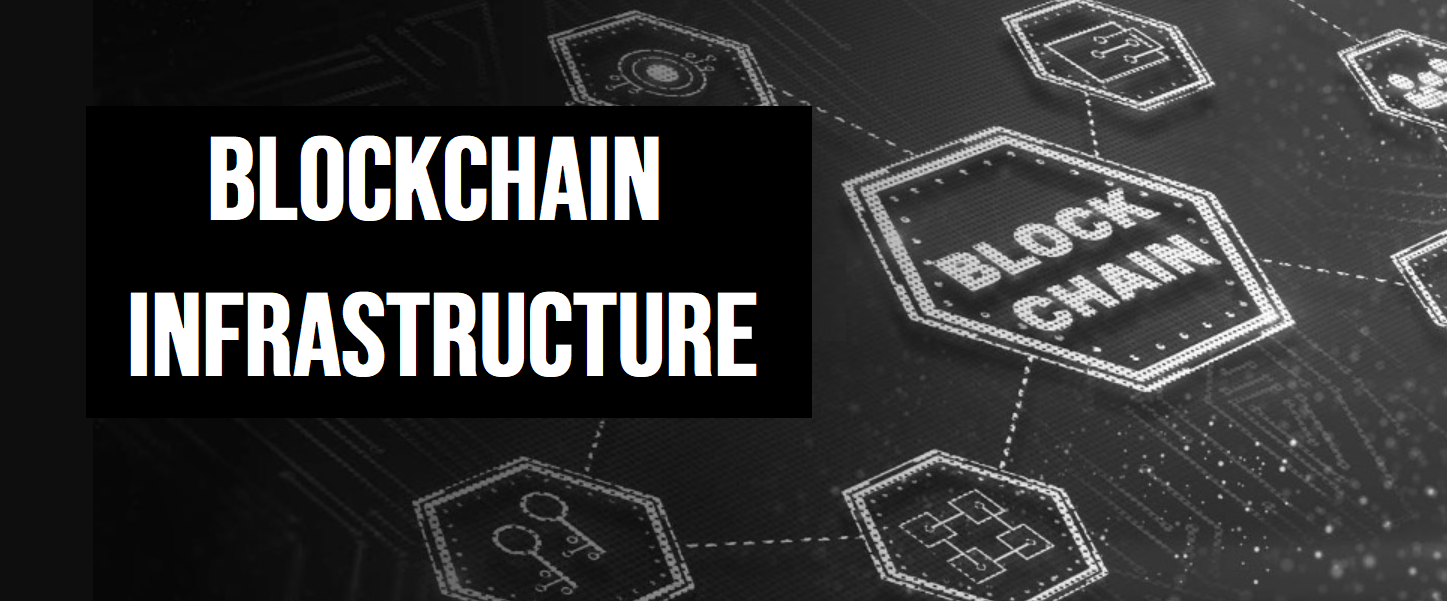
Moving forward, we’ll first make sure you can answer the “what is blockchain infrastructure?” question. Moreover, you’ll learn about CoinDesk’s “Digital Asset Classification Standard” (DACS), which can be pretty helpful when trying to understand blockchain infrastructure. Next, we’ll explore blockchain technology infrastructure and its current landscape, especially the computing sector. Then, we’ll also look at leading providers of dapp development. Lastly, we’ll look closely at the number one infrastructure for blockchain developers – Moralis.
On the other hand, if you prefer to learn as you build, make sure to create your free Moralis account now. Then, start using this Web3 provider by completing some of the tutorials outlined in the Moralis docs.

What is Blockchain Infrastructure?
The base layer and the essential part of blockchain infrastructure are programmable blockchains, with Ethereum leading the pack. However, the blockchain infrastructure landscape also includes physical devices, pieces of software, and all other layers of the blockchain tech stack. However, in this article, we want to devote our full attention to the technologies, tools, and solutions that Web3 developers need to build and operate dapps.
It’s worth noting that blockchain terminology and classifications are not yet unified. Thus, it helps to approach this topic knowing that crypto is still a bit of a “wild wild west”. However, many advancing organizations, teams, and companies are doing their best to add more clarity to the entire blockchain industry. This is where CoinDesk’s “Digital Asset Classification Standard” (DACS) stands out. Thus, we’ll use this classification to help us answer the “what is blockchain infrastructure?” question.
Here’s a graphical representation of DACS:
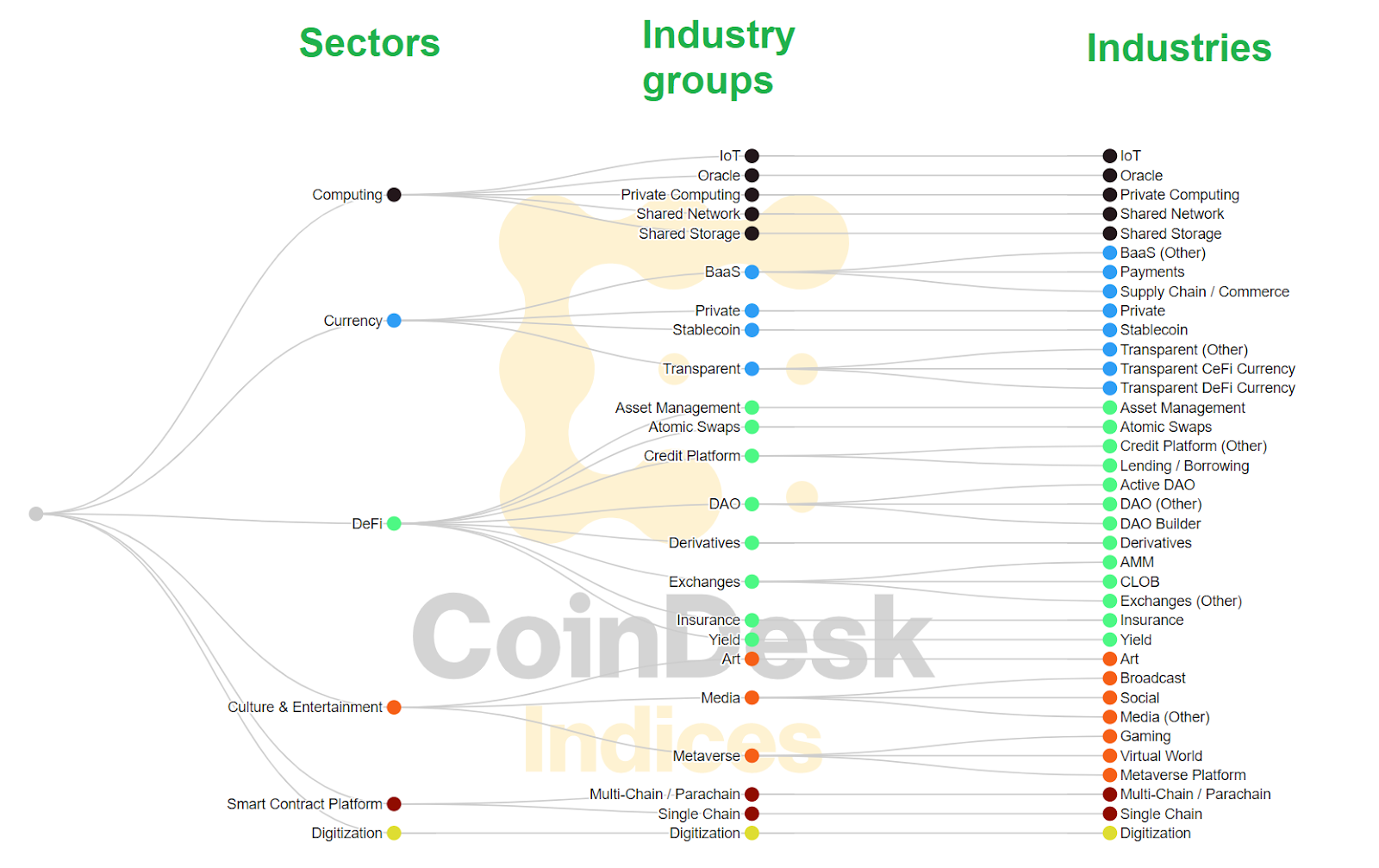
The above image shows that DACS defines six primary sectors of the blockchain infrastructure:
- Computing
- Currency
- DeFi
- Culture and Entertainment
- Smart Contract Platforms
- Digitalization
While all of the above, in a way, contributes to blockchain infrastructures, the “computing” and “smart contract platforms” sectors represent the majority of the blockchain infrastructure landscape.
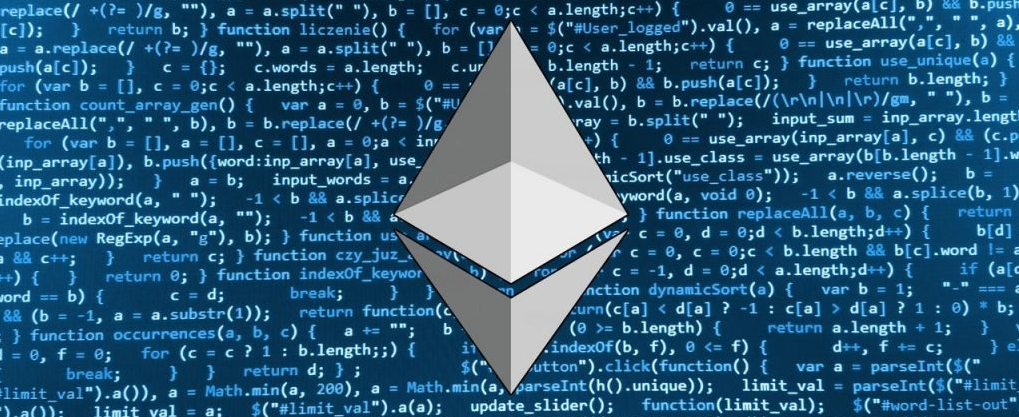
Smart Contract Platforms
With the above image from CoinDesk in mind, “smart contract platform” is, in a way, just another term for a programmable blockchain. Furthermore, such networks are, without a doubt, the foundation of the infrastructure for blockchain development. However, as a dapp developer, you do not need to interact with that specific layer. The computing sector and the technologies it offers deserve most of your attention. Before moving on, make sure also to investigate the five layers of the current blockchain tech stack. To do so, use the following image, which will help you understand the blockchain technology infrastructure even better:
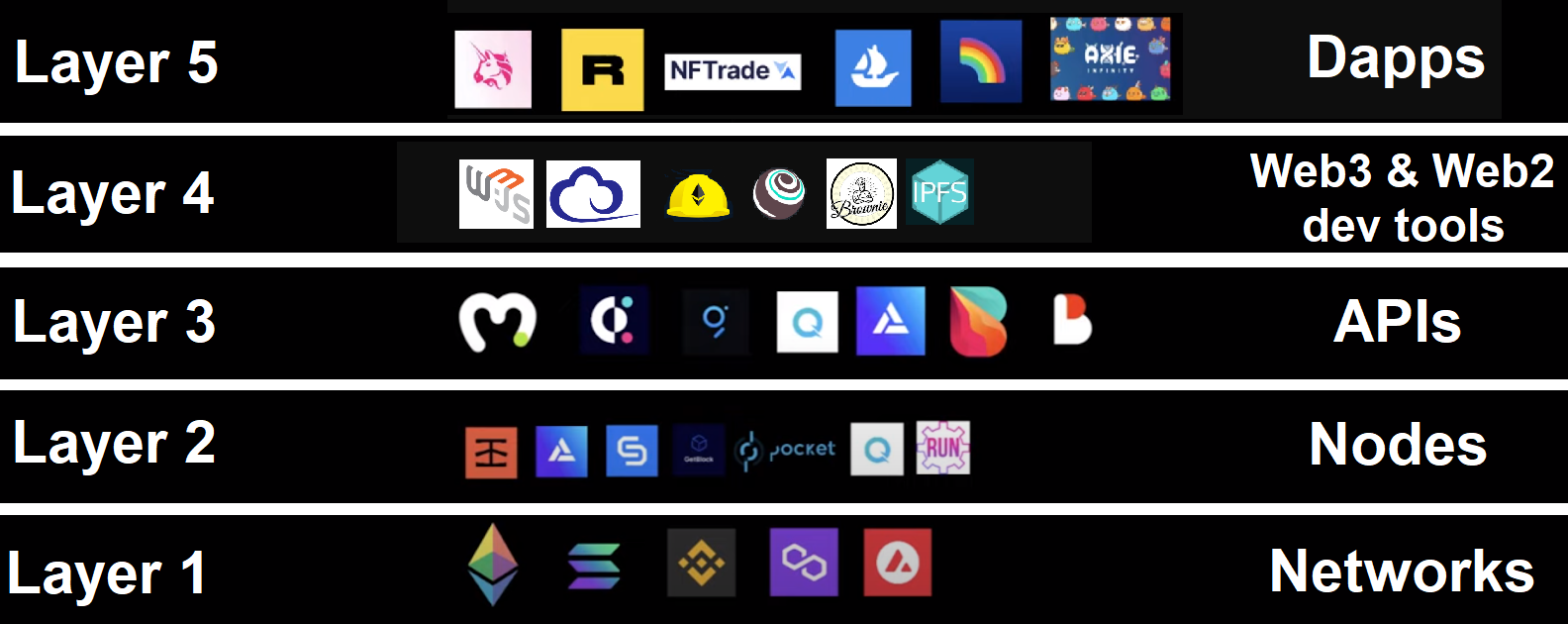
Exploring Blockchain Technology Infrastructure and Its Landscape
The previous two sections answer the “what is blockchain infrastructure?” question; however, if you want to understand it correctly, we need to dive deeper. That said, let’s first ensure that you know what blockchain is. Blockchain is a distributed digital ledger or a database. Accordingly, it can’t do much on its own. Only when combined with other technologies and tools, such as leading infrastructure blockchain solutions, can it shine in its full glory.
As pointed out earlier, the computing sector includes several vital technologies for adequately operating a decentralized internet. Nonetheless, there are also other essential technologies or blockchain infrastructures involved. For instance, many legacy programming languages and platforms continue to play a significant role in creating frontends for dapps. Furthermore, some specialized programming languages for smart contract development, such as Solidity, are also imperative.
The Computing Sector

According to the above-presented DACS, the computing sector includes protocols focusing on building and supporting blockchain infrastructures. The goal of protocols and projects from this sector is to decentralize and remove intermediaries for services such as computing, cloud storage, databases, and networking. Hence, this sector is the key to returning ownership of data and information to network participants. As per DACS, these are the five industry groups (and self-standing new industries) of the computing sector:
- IoT – These protocols focus on the development of the “internet of things” and Web3. They do this by incorporating blockchain network infrastructure into the real world. Hence, these protocols help with interoperability between IoT networks and blockchains.
- Oracle Protocols – When it comes to gathering, organizing, and transmitting data, oracle protocols do the trick. Not only can they focus on “on-chain to on-chain data”, but they can also handle “off-chain to on-chain data” in real time. Commonly, oracle protocols operate with native tokens to cover transaction costs and governance rights.
- Private Computing – Private computing protocols are all about establishing a free, decentralized market of cloud computing power, surplus bandwidth, security as a service, and other computational services for one-off instances on demand.
- Shared Networks – Shared networks are open networks of distributed cloud computing. Hence, they allow participants to offer energy and computation resources at varying costs to pseudonymous buyers.
- Shared Storage – Shared storage protocols focus on revolutionizing traditional centralized storage servers. To achieve this decentralization, these types of protocols distribute the storage responsibilities across an open-source network of miners/stakeholders with a system of economic incentives.
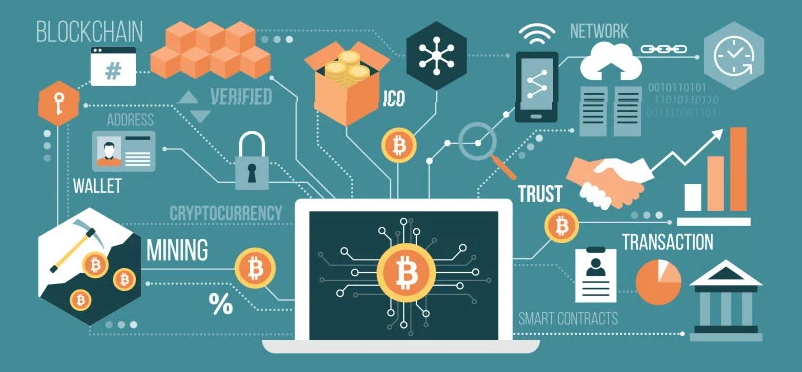
Other Important Infrastructure Tech and Tools for Blockchain
The blockchain infrastructure landscape focuses on backend functionalities. The following technologies and tools make a world of difference in that aspect. So, here they are:
- Node Providers – Nodes are essential for communicating with blockchains. However, running a node is a full-time job that you, as a dapp developer, most likely want to avoid. Fortunately, node providers (node-running companies) enable you to use their services instead. So, when/if you decide to dive deep into smart contract development, you’ll probably want to use a reliable node provider or two (for redundancy).
- Web3 API Providers – High-quality APIs enable consistent coding in a stable environment. Accordingly, they are a vital piece of the “infrastructure blockchain” puzzle. Furthermore, various Web3 API providers are offering different APIs. Usually, these providers connect to nodes and create their own blockchain technology infrastructure. These providers enable you to obtain a wide range of useful precompiled and precalculated on-chain data with short snippets of code. Hence, these providers tend to be of the highest value to dapp developers.
- Smart Contract Programming Languages – They are used to create smart contracts (on-chain pieces of software) and vary depending on which programmable chain you want to focus on. Some languages include Solidity and Rust.
- Smart Contract Developing Frameworks and IDEs – You need these tools to write, compile, deploy, verify, and test smart contracts.
- Web3 Wallets – The main purpose of Web3 wallets is to help you manage, send, receive, and store cryptocurrency. However, they are also essential for Web3 authentication processes, such as confirming all on-chain transactions, testing dapps, etc.
- Blockchain Explorers – These are special kinds of dapps that enable users and devs to explore on-chain data and even interact with smart contracts.

Providers for Blockchain Network Infrastructure
Now that you can answer the “what is blockchain infrastructure?” question and which technologies and tools support the infrastructure for blockchain, it’s time we list the leading providers that deserve to be on your radar.
- Computing Sector Representatives:
- Filecoin (shared storage)
- Chainlink (oracle)
- Helium (IoT)
- IPFS (a popular decentralized store solution but not blockchain-based)
- Node Providers:
- Infura
- Alchemy
- QuickNode
- Chainstack
- GetBlock
- Pocket Network
- RunNode
- Web3 API Providers:
- Covalent
- The Graph
- QuickNode
- Alchemy
- Bitquery
- Biconomy
- Moralis
- Projects Focusing on Smart Contracts Development:
- Solidity (for Ethereum and other EVM-compatible chains)
- Rust (for building a Solana smart contract)
- Hardhat (Ethereum development environment)
- Truffle (development environment, testing framework, and an asset pipeline for EVM-compatible chains)
- Ganache (testing environment)
- Remix Online IDE (compile, deploy, and verify smart contrasts for EVM-compatible chains with a browser)
- OpenZeppelin (Solidity smart contract templates)
- Metaplex (Solana smart contract templates and tolls)
- Web3 Wallets:
- MetaMask (Ethereum and EVM-compatible chains)
- Trust Wallet
- Rainbow
- Argent
- Coinbase Wallet
- Phantom (for Solana)
- Blockchain Explorers:
- Etherscan for Ethereum
- PolygonScan for Polygon
- BscScan for BNB Chain
- SnowTrace for Avalanche
As you may know, the blockchain industry offers a lot of opportunities. Hence, there are many projects focusing on being the leading contributors to blockchain infrastructures. This also means that the blockchain infrastructure landscape changes fast. Thus, make sure to explore the fast-evolving crypto realm on your own. While many of the above-listed tools and providers are doing great work, we can only vouch for Moralis – the number one infrastructure for blockchain developers. As such, let’s take a closer look at what Moralis offers.
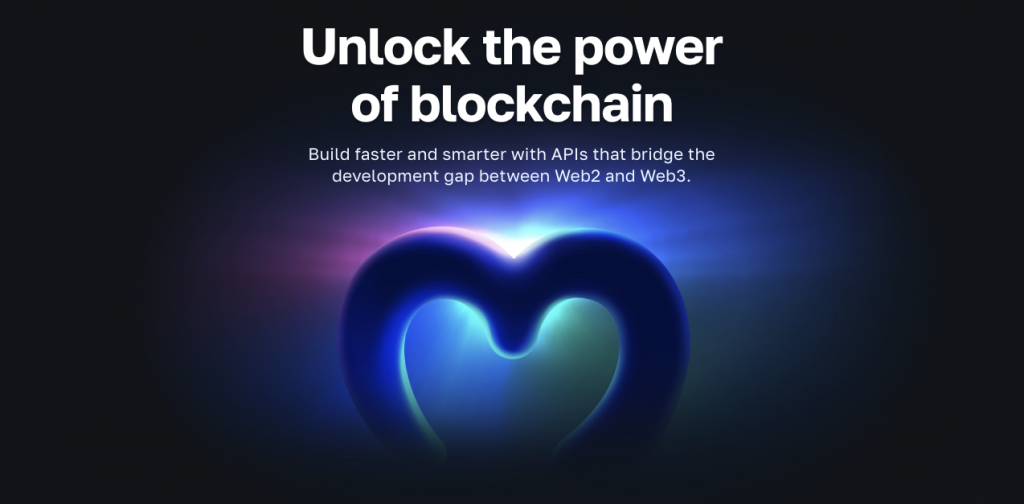
The #1 Infrastructure for Blockchain Developers
Moralis has done an incredible job at bridging the development gap between Web2 and Web3. Thanks to its cross-platform interoperability, Moralis enables legacy devs to start creating dapps easily. Furthermore, Moralis is also cross-chain interoperable. As a result, you can easily create multi-chain dapps right from the start or switch chains whenever you decide by changing a single line of code.
Moralis is a highly scalable Web3 Infrastructure tool. After all, its enterprise-grade APIs can cover huge numbers of calls to access all NFT, DeFi, transaction, and token data fast. It also supports Ethereum and other EVM webhooks. That is why leading projects such as MetaMask, Delta, Polygon, and many others use Moralis as “Web3 for business” to fetch on-chain data. So far, projects utilizing the power of Moralis have experienced an average of 87% reduction in time-to-market. Moreover, more than $86 million in total engineering costs have been saved.
In addition, Moralis provides 24/7 worldwide support to help ensure all projects using this Web3 for enterprise solution have all the assistance they need to succeed. Also, Moralis has established an industry-leading blockchain for business training program through Moralis Academy. As such, your team can launch a successful Web3 project with Moralis’ core products – EVM API, Solana API, NFT API, Auth API, Streams API, and Token API.
If you want to try this powerhouse for blockchain technology infrastructure, create your free Moralis account and take on an example project or two. However, if you are determined to contribute to the development of the blockchain infrastructure on a larger scale, use the above “scalable Web3 Infrastructure” link and reach out to our support.

The Infrastructure’s Tech and Landscape Empowering Blockchain Developers – Summary
In today’s article, you had an opportunity to learn all about blockchain network infrastructure. Starting with the “what is blockchain infrastructure?” question, we provided you with some basics, and you were able to explore CoinDesk’s “Digital Asset Classification Standard” (DACS). Moving forward, we focused on the computing sector and other important tech and tools pushing this disruptive industry forward. Furthermore, we even listed the leading providers of blockchain network infrastructure. Last but not least, you found out what makes Moralis the number one infrastructure for blockchain developers.
Now it is up to you whether or not you’ll make the information obtained herein count. Of course, it all depends on your current goals and situation. For instance, if you are primarily interested in learning more about blockchain development for free, you may want to explore the Moralis YouTube channel and the Moralis blog. Some of the latest topics cover Amazon GameSparks, NFT collection data, IPFS for NFT metadata, etc. You can also take a more professional approach to your crypto education by enrolling in Moralis Academy. If you are a Web3 beginner, we recommend starting with blockchain and Bitcoin fundamentals.
On the other hand, you may prefer learning by getting your hands dirty. If so, you should tackle the tutorials that await you in the Moralis documentation. However, you may also need a reliable blockchain technology infrastructure for your business venture. In that case, contact our support team and let them know your needs and wishes.
